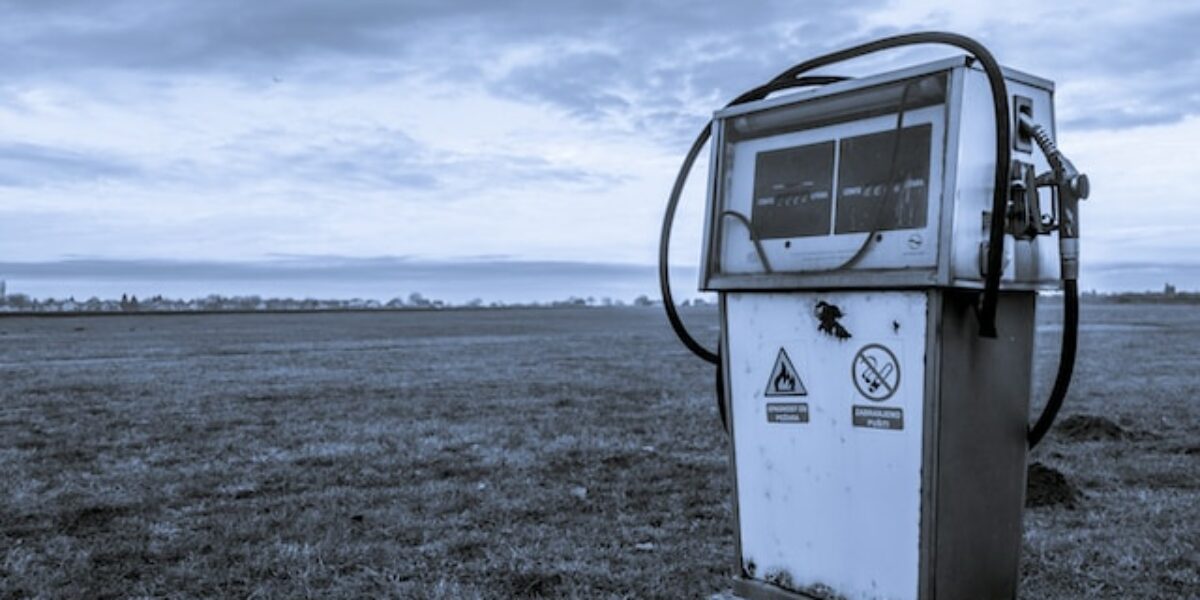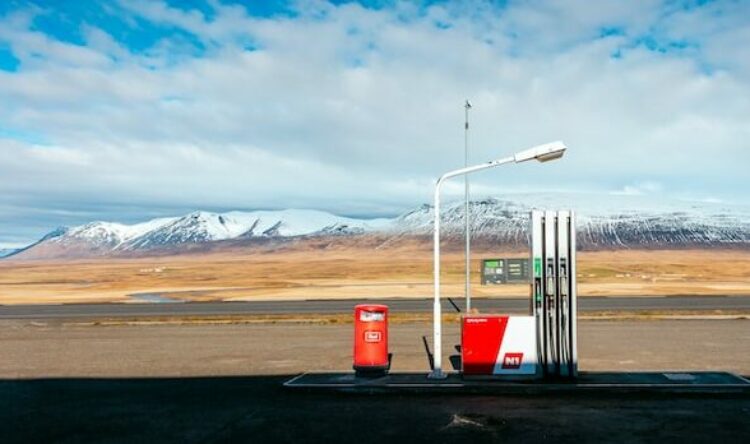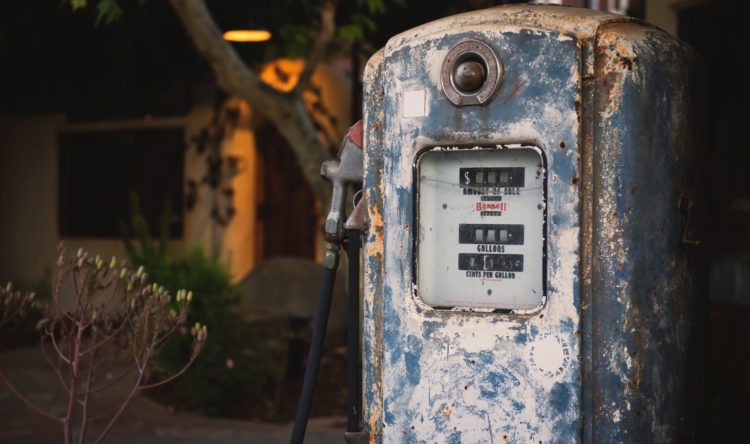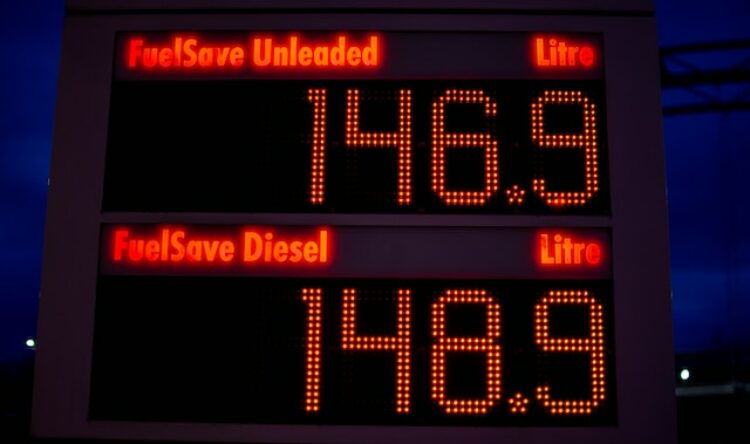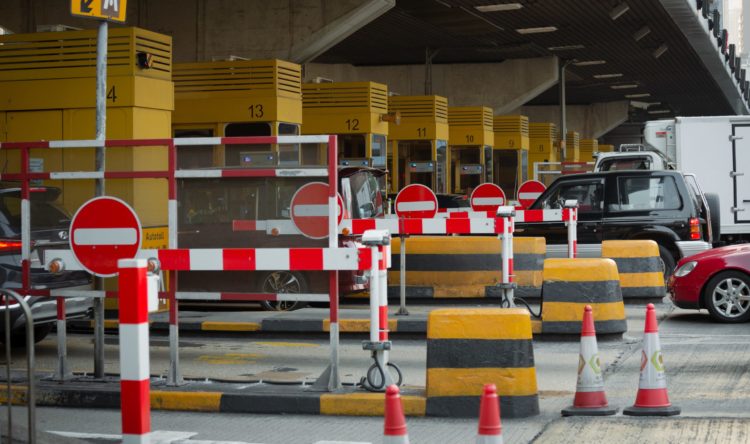Fuelling your costs
Petrol prices rise while diesel drops
For the first time in eight months, petrol prices have been rising.
It come in the wake of the Competition and Markets Authority (CMA) report, which revealed that supermarkets have upped their margins on fuel.
Up & Down
Analysis by the RAC shows unleaded increased by nearly a penny (0.7p) to 143.9p. However, diesel came down by 1.2p to 145.46p at the end of month, making eight consecutive monthly reductions. While diesel has been highlighted as coming down in price far more slowly than petrol, this could be a sign of levelling out between the two types of fuel.
On average retailers are making a margin of around 12p per litre (ppl) on petrol and 13p on diesel compared to the average long-term margin of 7p.
Seasonal variation
Prices have fallen dramatically since the record highs of summer 2022. However, RAC Fuel Watch data found the big four supermarkets that dominate fuel retailing, were slow to pass on reductions in wholesale costs, particularly for diesel. It was a headline point the RAC outline in its submission to the CMA investigation.
Therefore, it is important to check and compare prices, and certainly don’t assume your supermarket is still the cheapest supplier.
“Retailers are taking more margin per litre than they used to,” says RAC fuel spokesman Simon Williams.
“Looking at the wholesale price of both petrol and diesel which is almost identical, average forecourt prices should be 5p lower for petrol and 6p for diesel.”
Pumped up
There are also considerable regional prices differences. RAC Fuel Watch data reveals the marked difference between fuel prices in Northern Ireland and Great Britain. Petrol was 4ppl cheaper there and diesel a staggering 7p.
Williams added: “These differences are quite shocking considering all retailers pay the same wholesale prices.
“It’s interesting to note that Northern Ireland has more retailers per driver and the supermarkets are far less dominant than they are on this side of the Irish Sea.”
The CMA report concluded that greater transparency in pricing is needed to improve consumer confidence and bring down prices for drivers.
It also found that motorway service stations are charging around 20ppl more for petrol and 15ppl more for diesel compared to other fuel stations. This price difference has grown significantly since 2012. They state that price variation on motorways is low, primarily because of a lack of competition.
